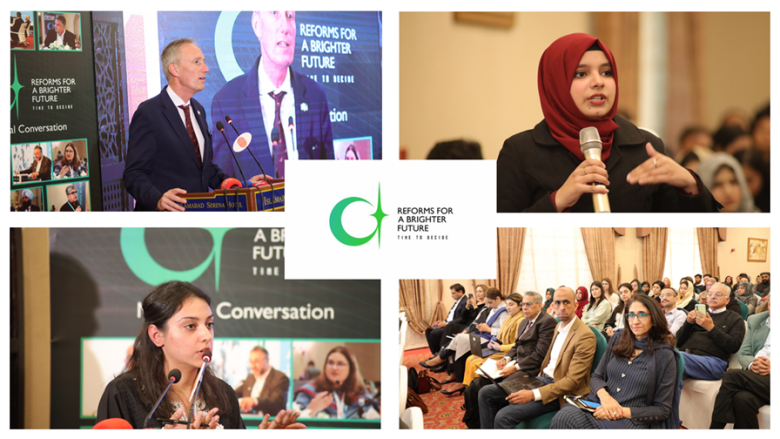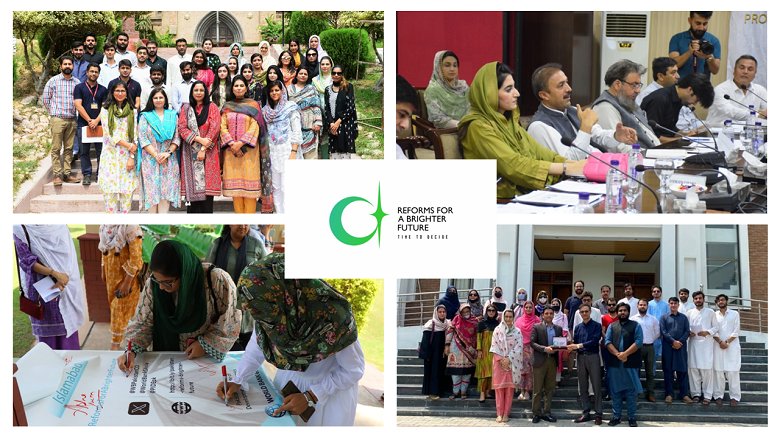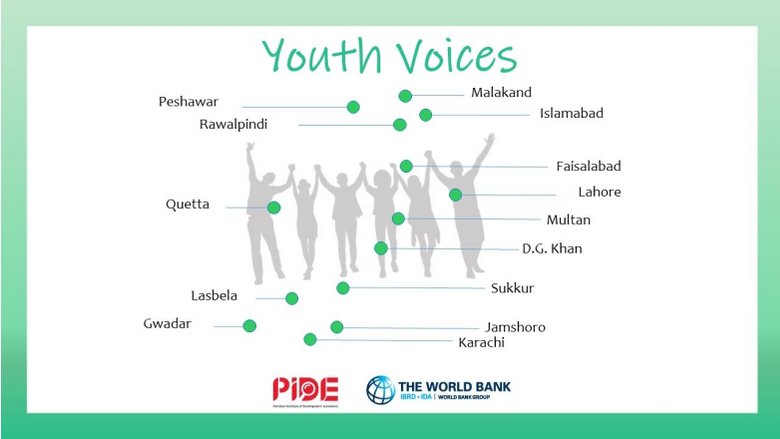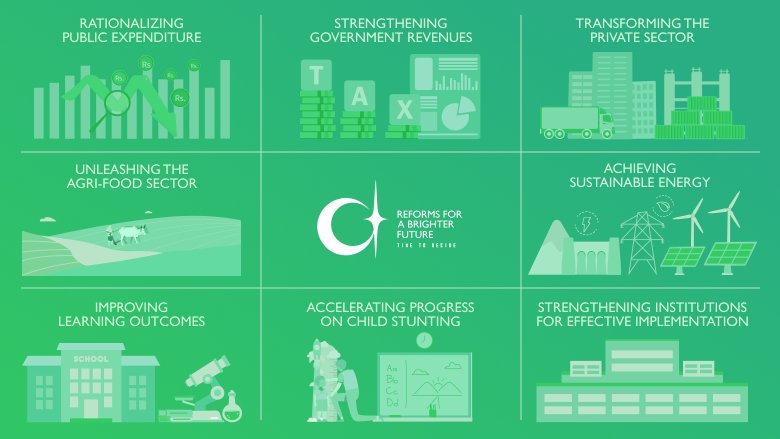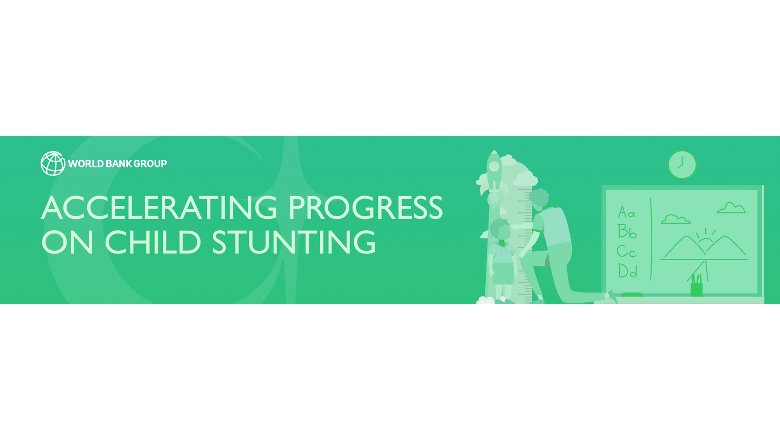
- 40 percent of children under five are stunted in Pakistan. Stunting, which occurs during pregnancy and the first two years of life, affects brain development and health. Stunted children are less able to learn, have lower physical strength, and are less productive and earn less income as adults. This is limiting Pakistan’s growth prospects as well as its ability to reduce poverty.
- Stunting is caused by many factors. Key are exposure to unsafe drinking water, poor sanitation and hygiene conditions, poor diet and nutrition of pregnant and lactating mothers and infants and early marriage and frequent child birth.
- What should government do to address this? What can citizens do?
You can find more analysis and recommendations in the Reforms for a Brighter Future Discussion Note on Reducing Child Stunting.
INFOGRAPHIC: Pakistan's Child Stunting Problem
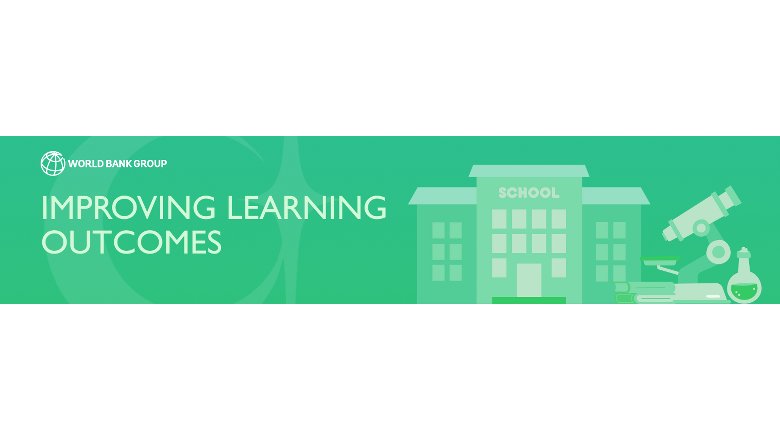
- More than three out of every four (75 percent) of Pakistan’s ten-year old children cannot read and understand a simple text. What do you think are the reasons behind this stark statistic? Who is responsible for ensuring that children in Pakistan are educated – Parents? Federal government? Provincial government?
- Girls face greater challenges in their access to and retention in schools. Many more girls (12 million) than boys (8 million) are not in school, denying them even the basic chance to learn to read. Why do you think this is the case – what is holding back girls? What can be done and by whom to address this challenge?
You can find more analysis and recommendations in the Reforms for a Brighter Future Discussion Note on Improving Learning Outcomes.
INFOGRAPHIC: What is Learning Poverty?
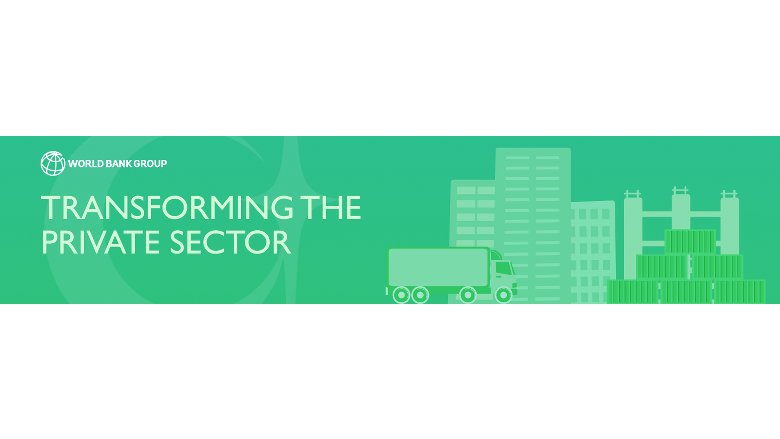
- Current trade policy encourages firms to supply the domestic market, with high tariffs imposed on imported goods, increasing the price of imports. This comes at the cost of lower exports, higher local prices, and fewer globally competitive firms. Do you think that this approach is working for Pakistan?
- The federal government owns more than 200 State-Owned Enterprises (SOEs), while provincial governments own many more. Should SOEs be involved in commercial activities? How can they be made more efficient?
- Most of Pakistan’s poor are employed in the informal sector – what could the federal or provincial governments do to better support informal businesses and workers?
You can find more analysis and recommendations in the Reforms for a Brighter Future Discussion Note on Transforming Pakistan's Private Sector.
INFOGRAPHIC: Made in Pakistan?
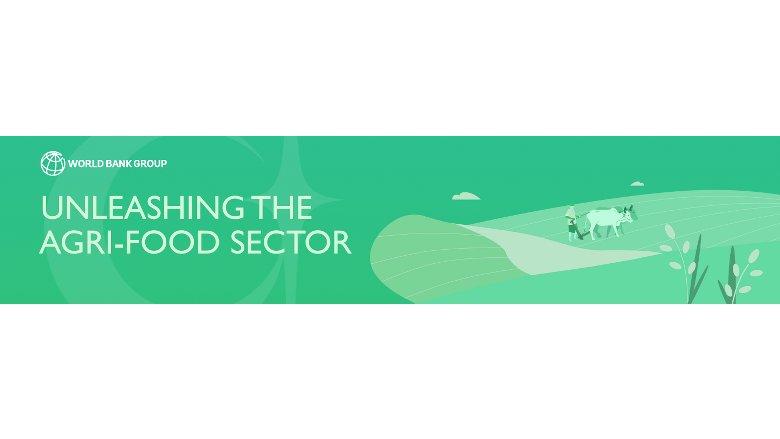
- The agri-food sector in Pakistan receives generous public support in various forms but performs below its potential. Is current agricultural policy working for rural Pakistanis?
- Repurposing public spending towards higher value subsectors (livestock, horticulture, pulses, and oilseeds) could result in a more productive, more resilient agriculture sector. Is it the right time to make this shift? Is this something the government should spend its limited resources on? What could provincial government do to support this shift?
You can find more analysis and recommendations in the Reforms for a Brighter Future Discussion Note on Unleashing the Agri-Food Sector.
INFOGRAPHIC: Harnessing Pakistan's Agri-Food Potential
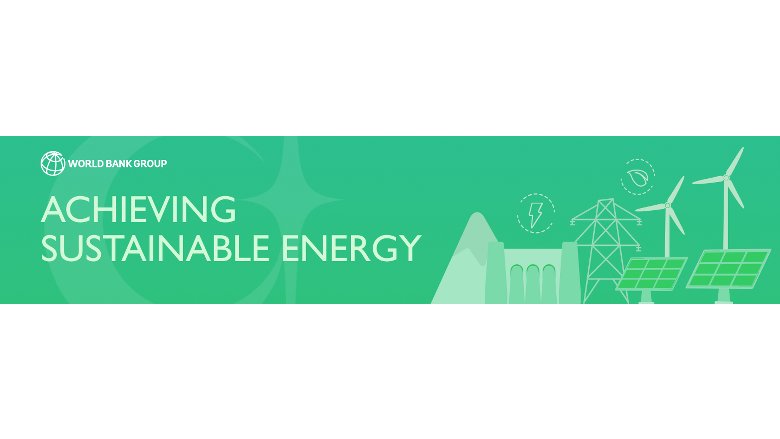
- Should the government be paying for the gas bills of those in the industry, fertilizer and power sectors? Does Pakistan’s industrial sector need this support in order to grow?
- How do you feel about paying higher gas and electricity prices to reduce the governments energy sector debt? How should the government achieve a more efficient and sustainable energy sector?
You can find more analysis and recommendations in the Reforms for a Brighter Future Discussion Note on Achieving Sustainable Energy.
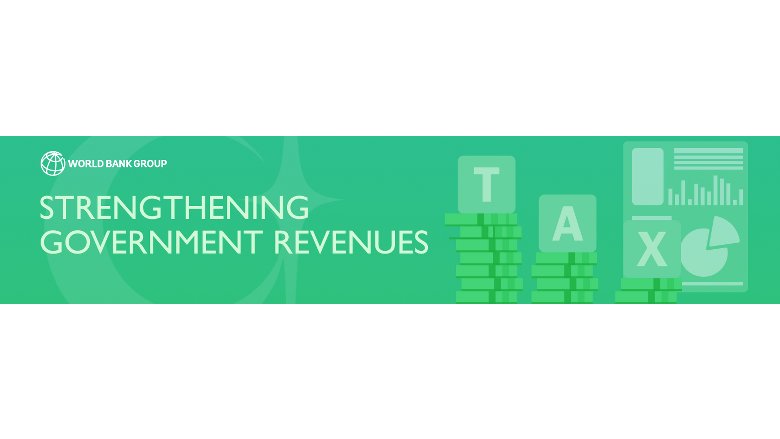
- Pakistan collects less in tax revenue than many other countries. Knowing that Pakistan needs more government resources to grow and develop, how could more Pakistanis be encouraged to pay taxes? Do you feel more comfortable about paying taxes to the federal government or provincial government? Why?
- Who do you think benefits most from Pakistan’s economy? What measures could the government put in place to ensure that the tax system is equitable, with all paying their fair share?
- Over 90 percent of farmers are untaxed due to their land holdings falling below the 12.5 acre exemption threshold. Is it time to think about a different way of taxing the agriculture sector?
You can find more analysis and recommendations in the Reforms for a Brighter Future Discussion Note on Strengthening Government Revenues.
INFOGRAPHIC: How Can Pakistan Strengthen Its Revenues?
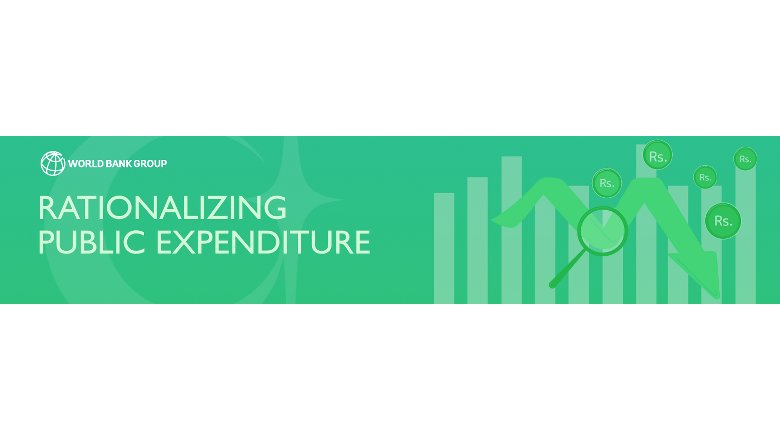
Watch the video on Achieving Fiscal Sustainability.
- Do you know what the government spends its money on? What could be done to better inform the public about how the federal and provincial governments spend their resources?
- Reducing spending is important for addressing the current economic crisis. It will also gradually create space for more public spending on important services like health and education. Where could the government reduce its spending?
You can find more analysis and recommendations in the Reforms for a Brighter Future Discussion Note on Rationalizing Government Expenditures.
INFOGRAPHICS:
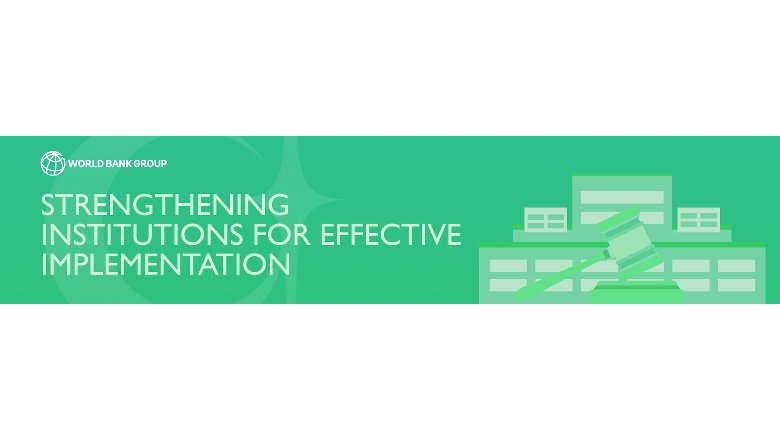
- How can the performance of Pakistan’s public sector and government agencies be improved? How can public servants and government agencies be made more accountable to the public?
- Is the current division of responsibility between federal, provincial, and local governments helping or harming the delivery of services and the development of good policies? How can this division of responsibility be improved?
You can find more analysis and recommendations in the Reforms for a Brighter Future Discussion Note on Strengthening Institutions for Effective Implementation.
Read the Policy Notes produced following nationwide consultations with stakeholders over the past 6 months. Let us know what you think on Twitter and Facebook using the hashtag #ReformsForABrighterFuture.
Reforms For A Brighter Future: Time To Decide
Overview
Addressing the Human Capital Challenge
Unleashing the Productive Economy
Achieving Fiscal Sustainability
Watch more videos on #ReformsForABrighterFuture, available here:
Reducing Child Stunting
Transforming the Private Sector
Unleashing the Agri-Food Sector
Achieving Energy Sector Sustainability
Achieving Fiscal Sustainability
Catch up on the latest Reforms for a Brighter Future discussions as part of the ongoing series of provincial engagements and the final Policy Notes launch events.
November 14: Lahore College for Women University
November 16: IBA Karachi's Annual Conference - Part 1 | Part 2
November 21: Multan Pakistan Society of Development Economics Conference
November 28: Policy Notes Launch in Islamabad
November 30: Policy Notes Launch in Karachi
December 1: Accelerating Progress on Child Stunting | Lahore
Click here to let us know what you thought of the discussion!
